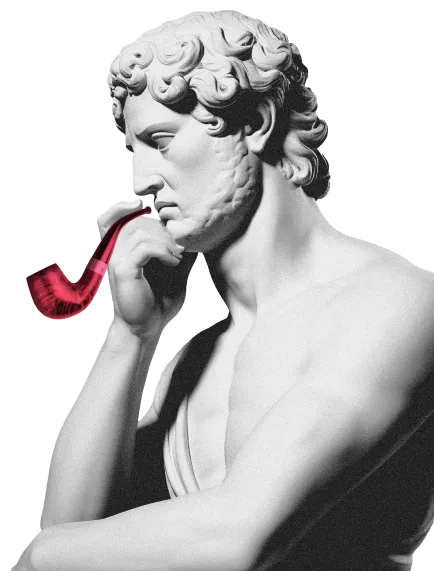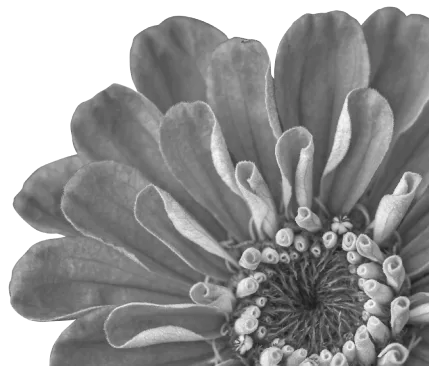Where things happen first
OUR HISTORY
Step into the captivating story of the Grand Hotel Central, a majestic building dating back to 1926. Two brilliant minds, a visionary politician and patron of the arts, Francesc Cambó and an innovative Noucentista architect, Adolf Florensa. Their creativity and passion combined to shape a revolutionary building. Today, the Grand Hotel Central pays homage to the pioneering spirits of its creators and celebrates its rich history in every corner.
A pioneering building from the 1920’s
Central Barcelona is where the essence of the city lies. This iconic building was founded believing that things would happen here first, it represented a new and cosmopolitan vision and marked the origin of the bustling boulevard we see today. The tallest building in Barcelona at the time, it was also one of the first to have a lift. It was common for the bourgeois class to reside on the first floor of their buildings, while the middle-class occupied the upper floors. Cambó’s forward-thinking vision reversed this hierarchy. Incorporating a lift allowed him to put the family home in the penthouse.
Another unusual feature was a garden on the upper floors. This was Cambó’s ‘Secret Garden’, its existence was not widely known in the city. The impressive neoclassical garden, spanning two floors and over 1,000 square metres was designed by the French landscape gardener Jean Claude Forestier and his brilliant Catalan assistant, Nicolau Rubio Tuduri, who also landscaped Montjuïc mountain and created noteworthy gardens across Barcelona, including Plaça Francesc Macià, the Royal Palace of Pedralbes Gardens, and Turó Park.
The uniqueness of Cambó’s garden lies not only in being the first rooftop garden in Barcelona but also in its classical design, with its fountains, sculptures, and other architectural elements. Flora is typically Mediterranean, featuring orange and lemon trees, mingling with bougainvillaea, jasmine, and flowers of all colours.
Today, this meticulously restored historic building houses a 147-room hotel, 2 restaurants, bars, spa, gym, historic library, event spaces, neoclassical secret garden, and a rooftop with infinity pool.
FRANCESC CAMBÓ
Francesc Cambó i Batlle (1876 - 1947) not only a politician but also a cultural visionary. Founder of the Fundació Bernat Metge, the Fundació Bíblica Catalana, the Fundació Hebraico-Catalana and the Editorial Alpha, he dedicated his life to promoting Catalan culture and language. From 1927 to 1936, his passion for art led him to create a remarkable collection, which after his death was donated to museums in Barcelona and Madrid.
FUN FACTS ABOUT FRANCESC CAMBÓ
Francesc Cambó was a pioneer in the promotion of cultural and pictorial art, not only for Catalonia but for all of Spain.
He played a pioneering role in the expansion of the Catalan language, translating nearly 450 classical Greek and Latin books through the Bernat Metge publishing house.
As one of the main private sponsors of the Prado Museum in Madrid, he made important contributions to culture.
His outstanding collection of pictorial art ranging from the Middle Ages to the 18th century, was donated to the Museo Nacional d’Art de Cataluña after his death.
Since 1997 a bronze statue of Francesc Cambó designed by Victor Ochoa stands in Via Layetana






